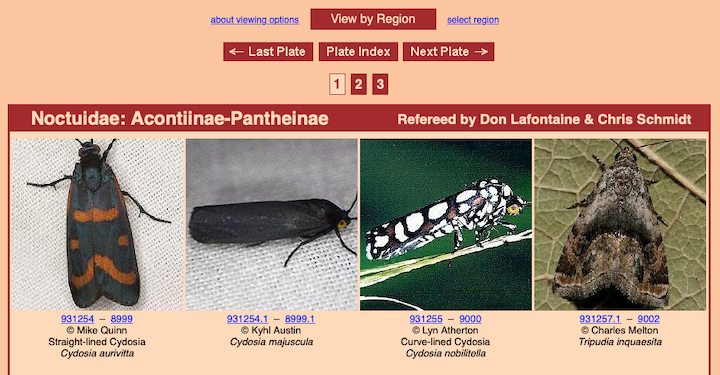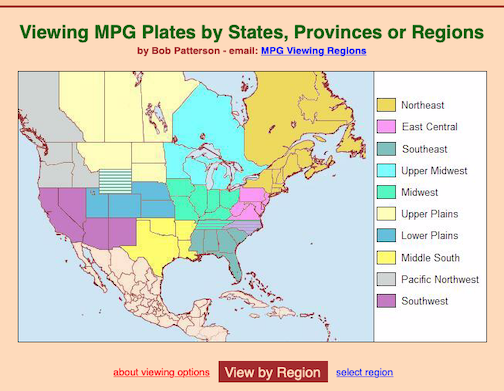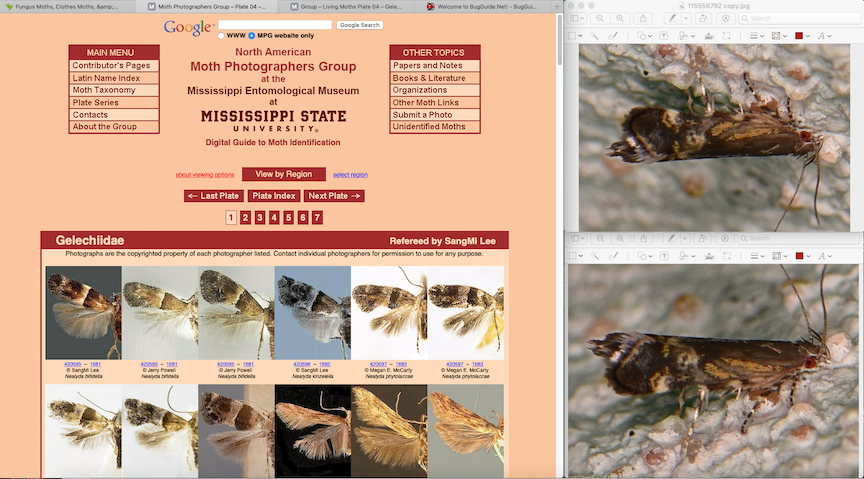Earliest First-hand Field Photos on iNaturalist?
I was taking a look again at the earliest images that I've scanned and uploaded to iNaturalist. Those date from the late 1960s (see below). There are now thousands of earlier images of organisms on iNaturalist but the majority of them are images of museum specimens of plants, insects, mollusks, etc. So I began looking for the earliest images of organisms in the field, so to speak, using the simple filters on the Explore page.
I quickly had to qualify my search of old observations on iNaturalist. First, I summarily ruled out those museum specimens, and since I wouldn't expect to see photographic field evidence prior to 1900, I started my search at the beginning of the 20th Century. I also disregarded the unfortunate set of modern observations with erroneous observation dates (evident from high quality digital images dated to the 1900's, etc.).
I began to uncover a number of "observations" from secondary sources like images out of newspapers of beached whales, captured sharks, etc., and photos from published research papers. Those certainly provide "evidence" of an organism, but the dates are sometimes estimated or very approximate and the original "observer", i.e. the photographer, is rarely stated. These include such examples as a Pel's Pouched Bat from Niangara, Congo, presumably a captured specimen and dated May 27, 1913, documented in a Bulletin of the American Museum of Natural History, and uploaded in 2014 by @jakob :
https://www.inaturalist.org/observations/604690
So I began combing through observations chronologically, looking for the earliest first-hand personal evidence of living or recently dead animals or plants.
There is a photo of a public gathering around a Great White Shark, presumably captured off the coast of Turkey in 1920, and uploaded in 2021 by @gorkialkan.
https://www.inaturalist.org/observations/93239174
The earliest image of any animal which is not a captured or museum specimen seems to be the following beached Rorqual (Baleen whale) in Tampico, Mexico, dated February 4, 1922. @josecastaneda2 uploaded the image, stating that it is from the digital Historical Archives of Tampico.
https://www.inaturalist.org/observations/102773699
The earliest first-person, non-photographic account of an organism seems to be W. C. Russell's notes on Yellow-bellied Marmots ("woodchucks") in Elko Co., Nevada, recorded in his field journal for July 13, 1935, and uploaded by @floydch in 2019:
https://www.inaturalist.org/observations/26545985
And--drum roll, please--the earliest first-hand, field photo on iNaturalist of a living organism seems to be this Koala documented in Victoria, Australia on December 31, 1935. https://www.inaturalist.org/observations/77862210
I've left a message for @nimzee, who uploaded the image in 2021, for more details on the photographer, etc. It does not appear to be a commercial or secondary source image, so I'll look forward to learning more about its provenance.
The earliest observations of any plant uploaded to iNaturalist are apparently some European Larch trees in the background of a set of family ski vacation images in the French Alps, taken by L. Hunault in January 1936, and uploaded in 2021 by @mercantour.
https://www.inaturalist.org/observations/67659308
It gets a little difficult when trying to pin down the earliest first-hand, first-person photos of an organism, since it isn't often clearly stated that the iNaturalist/uploader was the person who took the image. But there are some likely candidates.
In 2020, @hoaryherper uploaded a couple of herp pics from his childhood. The earliest is one he took of a Blue Racer grabbed by his friend John Evans on June 20, 1949 in Ohio:
https://www.inaturalist.org/observations/47768061
@hoaryherper also uploaded an image of himself (taken by John Evans) with a captured Prairie Kingsnake in Pennington Co., South Dakota from June 21, 1955:
https://www.inaturalist.org/observations/41106492
@americanisopodologist uploaded a couple pictures of recently-caught fish at Chincoteague, Virginia in June 1955. These are akin to the above documentation of a Great White Shark but these are family photos, in the first instance taken by his grandfather:
Red Drum: https://www.inaturalist.org/observations/106281440
Billfishes: https://www.inaturalist.org/observations/106281439
My late pal Greg Lasley got minimal documentation with his dad's Bell and Howell movie camera of an Eastern Cottontail in Shillington, Pennsylvania, on/about September 19, 1962, during a family trip:
https://www.inaturalist.org/observations/52178520
And just 10 days later, about Septermber 29, 1962, found himself with his family in La Rochelle, France, using the same camera to document a Gray Heron:
https://www.inaturalist.org/observations/52178521
My earliest iNat observation is a shell I'd collected in about 1958 at a beach near my boyhood home in Southern California, but just recently photographed and uploaded:
https://www.inaturalist.org/observations/199153060
My own earliest first-hand field image dates from May 1969, a butterfly photographed in Taiwan with my first new SLR camera, a trusty Minolta SRT-101:
https://www.inaturalist.org/observations/69211543
So I offer a challenge for anyone to mine the iNaturalist database of images to find earlier personal, first-hand, field observations. What can you find?












